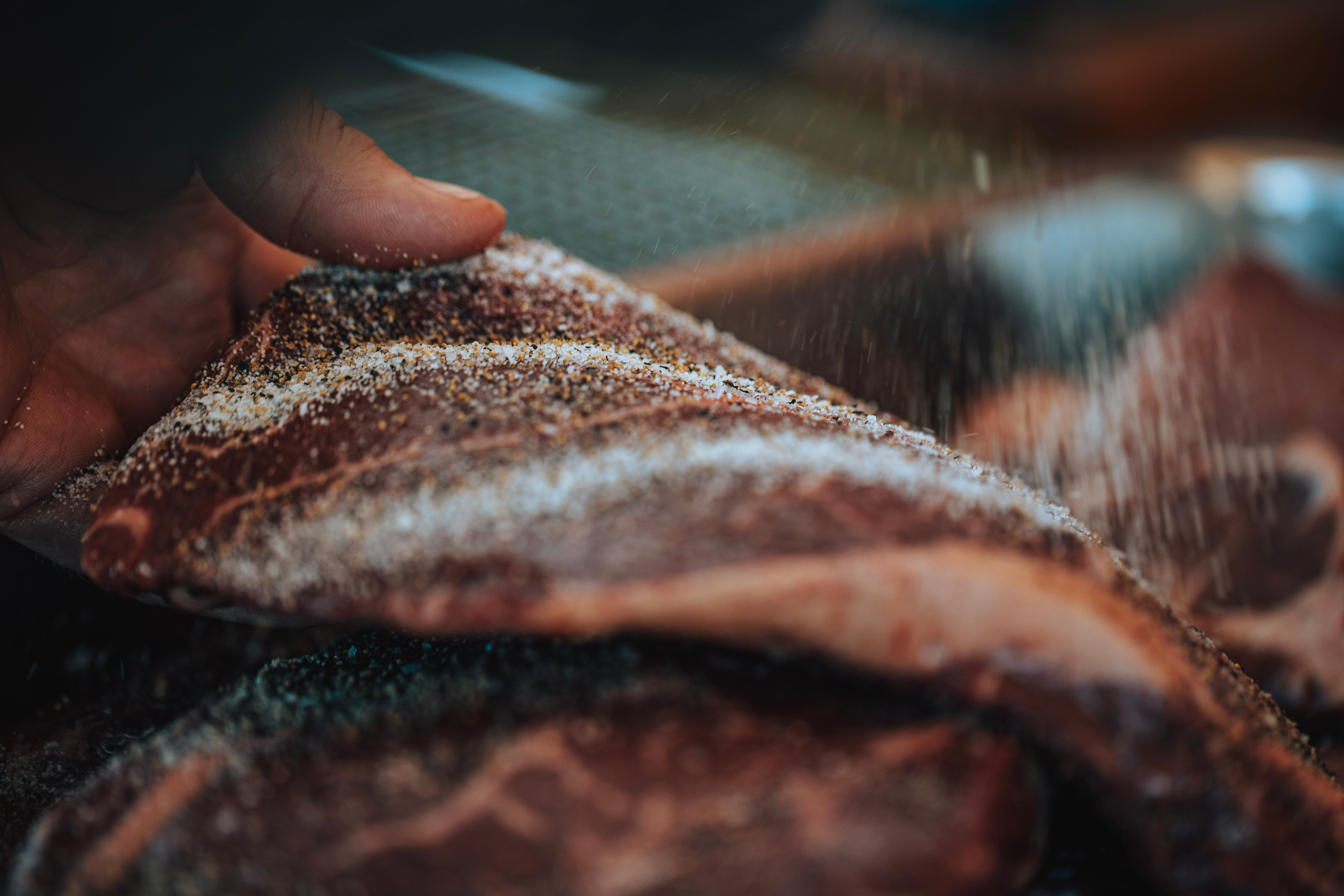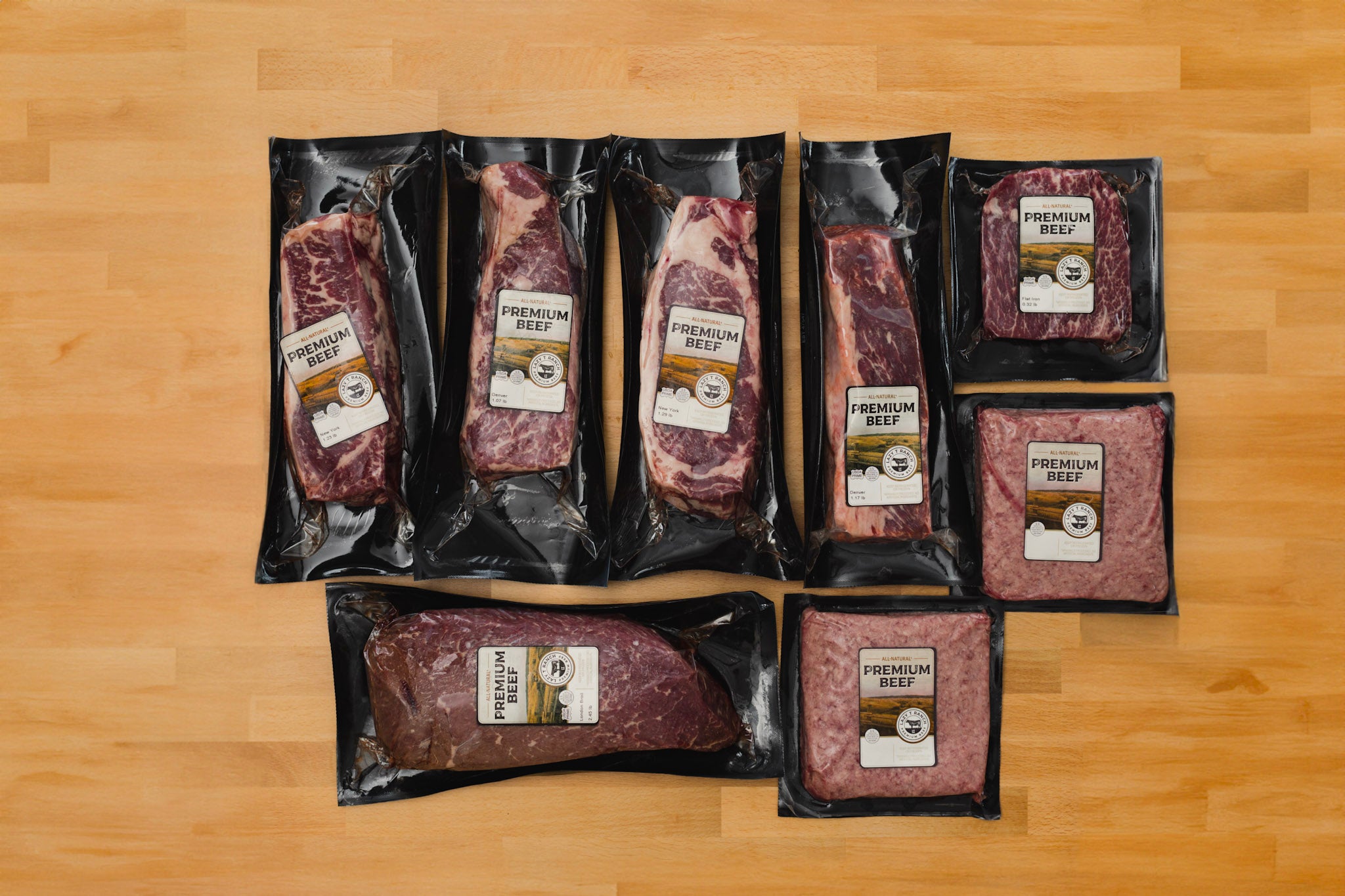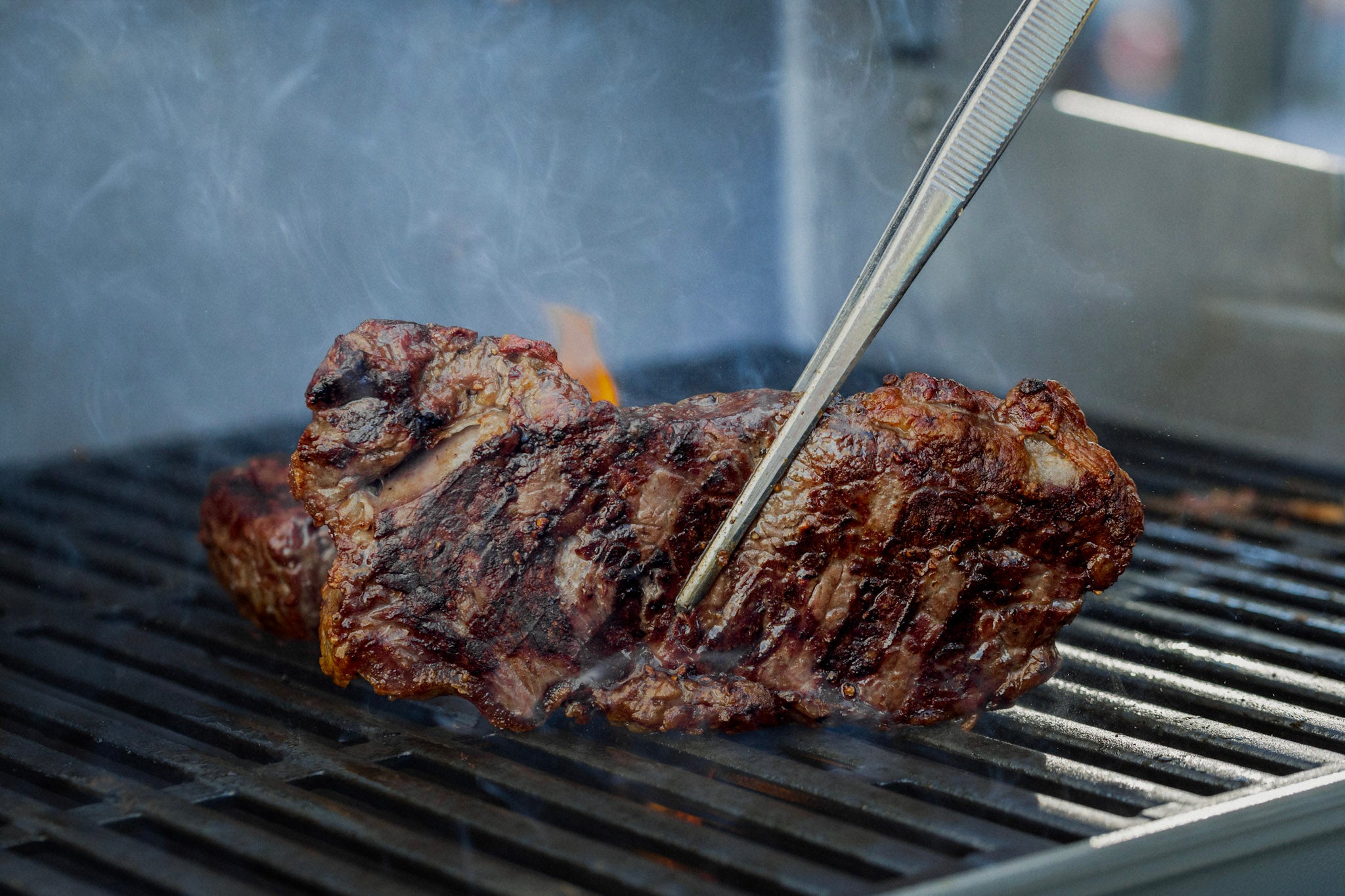
Exploring the Nutritional Benefits of Dry-Aged Beef: More Than Just Great Taste
If you read various articles on dry-aged beef, you’ll see these common descriptors:
Rich flavor. Tender meat. Hefty price tag.
Although dry-aged beef is most common in high-end restaurants, it’s more accessible than you may think and offers a bold flavor, cuts-like-butter texture, and nutritional benefits.
What is dry-aged beef and how is it different from regular beef?
Before the invention of refrigeration, dry aging was a primary method of preserving beef, along with pickling, brining, and smoking. It has recently experienced a comeback in the culinary scene.
The dry aging process involves storing large cuts of beef in a humidity-and-temperature-controlled environment that keeps them from spoiling. Chilled at the dry-aged beef temperature of 32-39.2° F, the beef ages for 7 to 120 days, 30 being the norm. Several things occur during this time.
- When beef ages for 30 days, it loses 15% of its total weight in water. One pound of beef shrinks to 13.6 ounces. The concentrated tissue lends to a beefier flavor.
- As moisture is drawn from the beef, the fat portion retains more water than the lean portion, causing the lean muscle to shrink around the fat. This makes the fat more pronounced and gives the beef a rich, buttery taste.
- Enzymes break down proteins, fats, and connective tissue, changing the beef’s texture.
- Juices are absorbed into the meat.
- The beef’s color darkens.
- And thanks to the airflow within the dry aging chamber, the meat develops a nice crust.
In short, dry-aged beef is beef that’s sat uncovered and surrounded by air for a given amount of time. Compared to regular beef, dry-aged beef is darker in color, has a more robust flavor, and is known for its unmatched tenderness.
How does the dry aging process affect the taste and texture of beef?
During the dry aging process, the beef’s connective tissues break down, resulting in meat so tender you barely need a knife to cut it. The flavor of the beef depends on the cut and the time spent aging. Like blue cheese, the longer beef is aged, the more powerful its flavor becomes.
Some people describe dry-aged beef as having an earthy, nutty, sometimes cheesy flavor. Others say it tastes like rare roast beef and buttered popcorn.
What matters is that dry-aged beef tastes different than regular beef, and it is noticeably tenderer.
What are the main nutritional components found in dry-aged beef?
Beef is an excellent source of protein, Vitamin B, Zinc, Iron, and other essential nutrients. When it comes to the nutritional benefits of dry-aged beef, the components remain the same.
Does dry-aged beef have higher nutrient density compared to regular beef?
Not really, but dry-aged beef surpasses regular beef when it comes to tenderness and flavor. You could argue that since dry-aged beef has more concentrated tissue (because it loses water weight while aging) it has more nutritional value. Currently, there are no studies to support this claim.
Dry-aged beef is simply nutritional beef with a melt-in-your-mouth texture.
What are the specific health benefits associated with consuming dry-aged beef?
The dry aging process doesn’t add nutritional components to the beef. However, it does make the beef easier to digest.
How does the dry aging process enhance the digestibility of beef?
While the beef dry ages, enzymes break down the protein, fats, and connective tissues. This makes the beef tender and easier to chew and digest.
Are there any specific vitamins or minerals that are particularly abundant in dry-aged beef?
Like regular beef, dry-aged beef is rich in the following:
Vitamins
- Vitamin B12
- Niacin
- Vitamin B6
- Choline
- Riboflavin
- Pantothenic acid
Minerals
- Zinc
- Selenium
- Phosphorus
- Iron
There aren’t health secrets of dry-aged beef. Regardless of whether it’s fresh or aged, beef has plenty of nutritional benefits. With a single serving, you receive 104% DV of Vitamin B12, making beef the best dietary source of Vitamin B12, second only to animal livers.
Does dry-aged beef contain any beneficial compounds or antioxidants?
Beef should be considered a superfood. With one serving of beef, you received 56-162 mg of L-carnitine, compared to chicken breast which only gives 3-5 mg per serving.
L-carnitine is a compound that your body synthesizes in your liver from amino acids. It helps with fat metabolism. Although your body can provide enough L-carnitine to meet your needs, the benefits of upping your dietary intake of L-carnitine include:
- Improved heart health
- Weight loss
- Stabilized glucose and cholesterol levels in type 2 diabetes patients
Beef also contains glutathione, otherwise known as the “master antioxidant.” Research links glutathione to anti-aging, illness prevention, reduced risk of chronic disease, and immunity support.
Maintaining a sufficient level of glutathione is vital to your overall health. A deficiency often leads to oxidative stress and inflammation.
Another compound present in beef is carnosine, a combination of the amino acids histidine and alanine. Carnosine boosts the immune system, reduces inflammation, protects the body from glycation damage (aging), and is thought to prevent lipid peroxidation.
Red meat is the best dietary source of carnosine, offering 50% more than poultry.
Creatine—often taken as a dietary supplement—is also found in beef (350 mg of creatine per 100 mg). The benefits of creatine include improved exercise performance, aided muscle growth, and increased energy levels.
Of course, to get the most nutritional benefits of dry-aged beef (or beef in general), it’s important to consider sourcing. Look for dry-aged grass-fed beef with no added hormones or preservatives.
Can dry-aged beef be a good source of protein for individuals with dietary restrictions?
A sufficient protein intake is necessary for your well-being. Not only does protein help you build and maintain lean muscle mass, but it repairs and makes bone, skin, and cartilage. Lean mass should be a priority, especially as you age. Research shows that mature adults with lower muscle mass are at an increased risk of mortality.
Beef is one of the most complete protein sources in the human diet. A cooked 6 oz portion of 80% lean beef provides 36.5 grams of protein. Compared to other protein sources, beef is also one of the most allergy and food-sensitivity friendly, a great option for those unable to consume whey, eggs, nuts, soy, and dairy. With the added ease of digestion, dry-aged beef provides all the protein benefits while being kind to your stomach.
What are some practical tips for selecting and cooking dry-aged beef to maximize its nutritional benefits?
When purchasing dry-aged beef, it’s important to know where the meat came from and how it was raised and processed. To get the most nutritional benefits of dry-aged beef, choose dry-aged grass-fed beef from a provider with the proper dry aging facilities.
The dry aging process requires a dry-aged beef refrigerator, the right amount of humidity and airflow, and a dry-aged beef temperature of 32-39.2° F. The controlled environment guarantees the meat ages, not rots. Selecting dry-aged beef from a reputable source will ensure it’s beneficial to your health.
Dry-aged beef cooks faster than regular beef due to its lower water weight. When cooking dry-aged beef at home, be careful not to overcook.
Is dry-aged beef better than regular beef?
You decide! Dry-aged beef has the nutritional benefits of regular beef but with added tenderness, bold flavor, and ease of digestibility.
Now dry-aged beef isn’t reserved for high-end restaurants and butcheries. You can have it delivered to your door for a reasonable price. That’s saying something.
Dry-aged beef is expensive for a reason. You can’t fake dry aging. The time, effort, and equipment needed to dry-age beef justifies the higher price tag. But with beef box options, you can sample delicious dry-aged cuts without breaking the bank.
Give dry-aged beef a shot!


